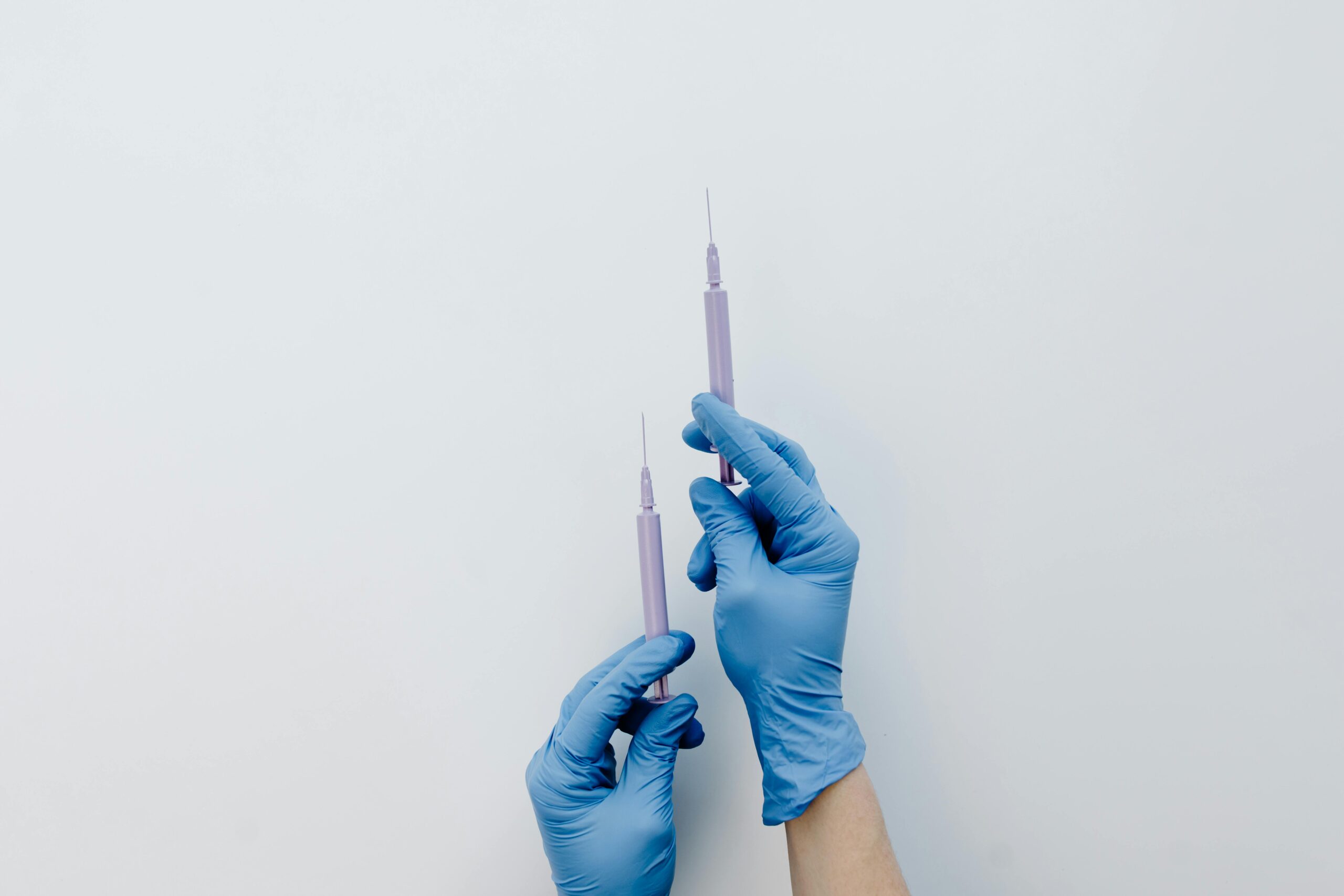Move over frozen foreheads and overfilled lips, there’s a new aesthetic philosophy taking centre stage, and it’s all about subtlety. Microdosing, the art of administering botulinum toxin and fillers in ultra-low doses, is rapidly redefining how we think about “tweakments”. Far from the dramatic transformations of years past, today’s patients are seeking small, strategic enhancements that whisper, not shout.
The biggest trend in aesthetics right now is restraint. People aren’t looking to change their faces. They’re looking to look more rested, more confident, and yes, more natural. That’s where ‘microdosing’ comes in.
What is microdosing?
Microdosing has recently been popularized as a new trend in wellness and beauty circles, even though the practice has been around for decades.
Microdosing in aesthetics refers to the use of smaller quantities of injectable treatments, often botulinum toxin or dermal fillers, distributed across more injection sites. Rather than freezing an entire area or filling in as much as possible, microdosing aims to soften, refresh, and prevent, without erasing expression or over-correcting volume.
Also known as “baby Botox” this technique is increasingly favored by younger patients, some men, and those new to injectables. But it’s not just a Gen Z phenomenon; more experienced aesthetic patients are also gravitating toward this nuanced approach.
It’s not about chasing perfection. It’s about preserving what makes you ‘you’ – correcting ratios and enhancing one’s natural features – a more polished version
A shift in beauty culture
The rise of microdosing reflects a broader cultural shift in the aesthetics industry. Thanks to social media transparency and a more educated consumer base, patients are steering away from the overdone, one-size-fits-all look.
Instead, they’re asking smarter questions: How will this age? Will I still look like myself? Is this treatment preventative or corrective?
Microdosing answers these questions with a reassuring yes. It allows for customization, earlier intervention, and less downtime, all key concerns for today’s busy, image-conscious patients.
I’m taking microdosing one step further and placing my own spin on it. Achieving natural results, improving one’s facial ratios, and enhancing natural features is more than just adding small amounts. Even a small amount in the wrong place can lead to an unnatural appearance. Natural results and microdosing are more about using the correct amount in the correct place when treating the face.
Reduced doses
Botulinum toxin microdosing typically involves reduced doses and treating certain muscles while avoiding others across the forehead, crow’s feet, or neck, which in turn reduces fine lines while maintaining movement. Dermal fillers, meanwhile, can be strategically placed to gently contour cheekbones, refine lips, or restore hydration without bulk. Additionally, one can place small amounts of dermal filler in certain support points of the face to naturally lift the jowls, neck, and recontour the jaw line, without adding huge volumes to the face.
Who is it for?
Microdosing is ideal for:
- First-time injectable users who want to ease into injectables
- Preventative users in their late 20s or early 30s
- Men seeking discreet improvements
- Anyone who values natural expression and subtle enhancements
What does this mean for the industry?
The popularity of microdosing is already shaping how aesthetic centres and doctors approach patient care. It’s no longer about cookie-cutter packages or “area pricing,” but about creating highly customised treatment plans, often with a lighter touch and more natural enhancements.
It’s not just about the volume of product, it’s about the precision. Microdosing forces us as practitioners to be more intentional, more artistic.
The age of subtle “tweakments” has arrived and microdosing is leading the way. In a world that’s slowly letting go of filtered perfection and embracing individuality, precision placement is the new more. It’s smarter, safer, and, perhaps, more beautiful.



![women [longevity live]](https://longevitylive.com/wp-content/uploads/2020/01/photo-of-women-walking-down-the-street-1116984-100x100.jpg)










